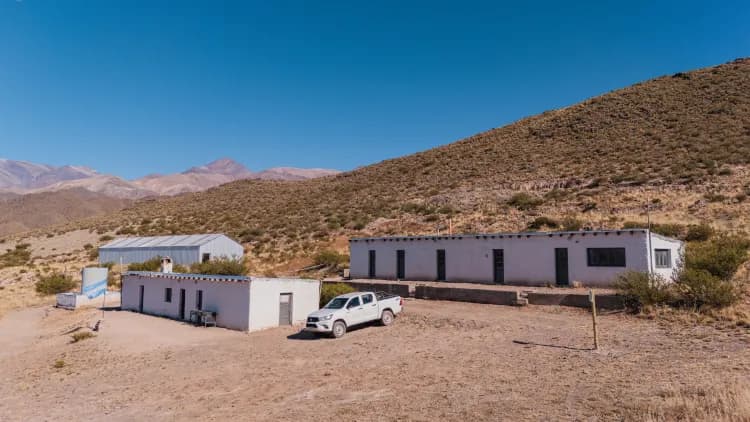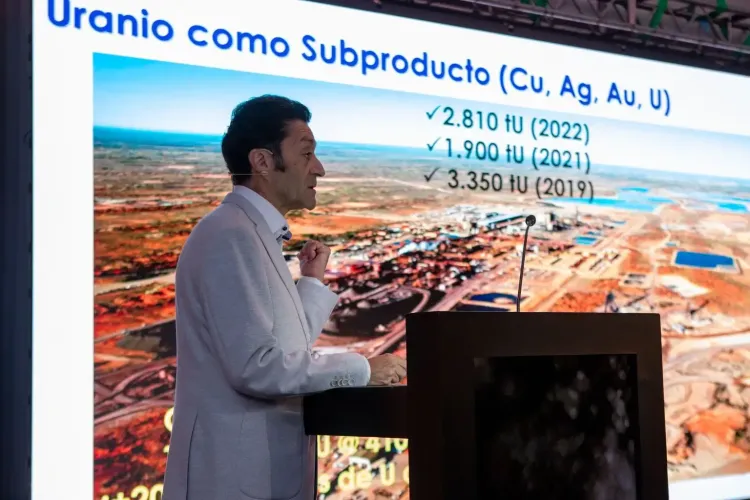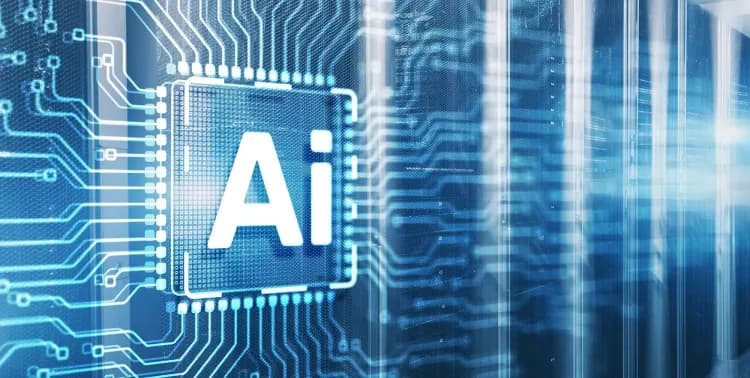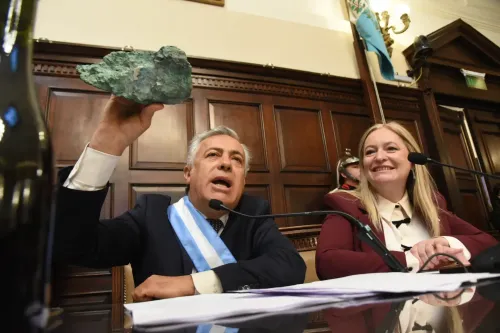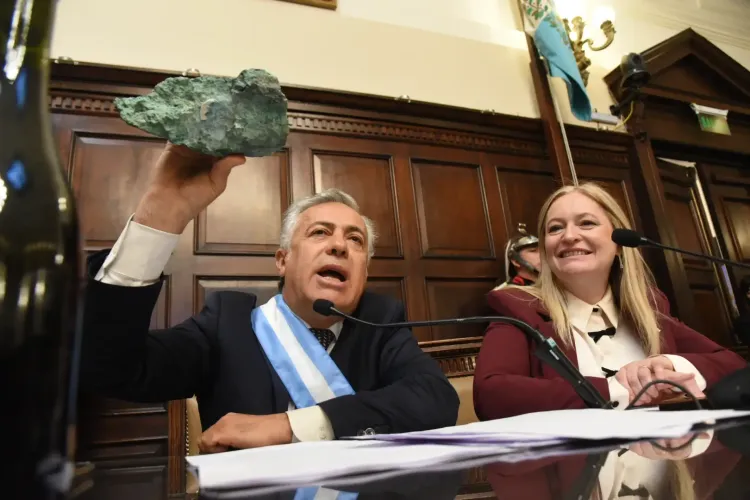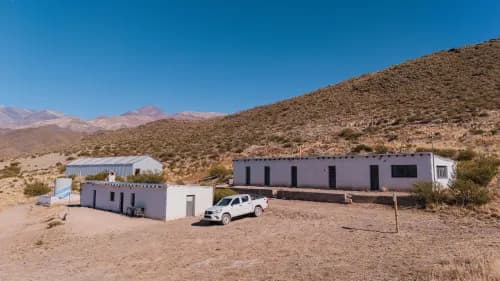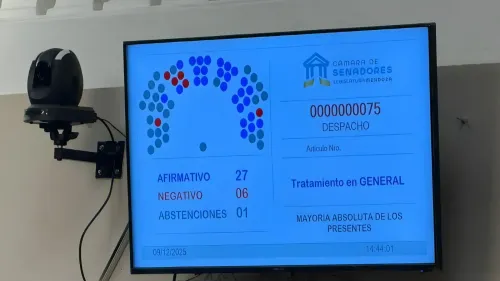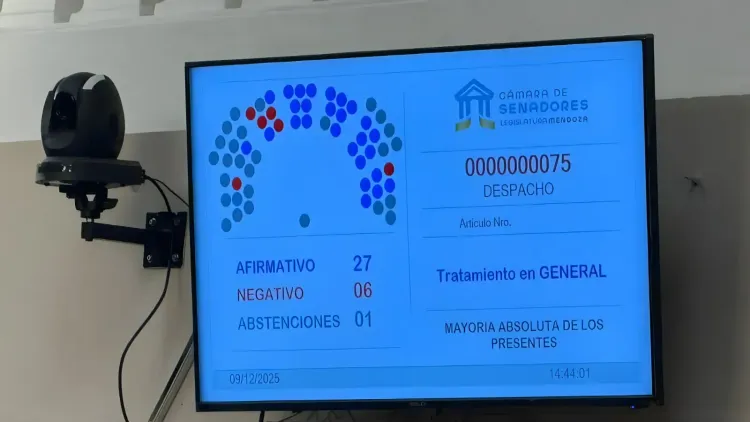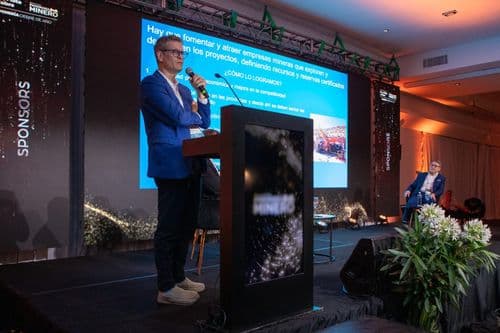Mining exploration companies are facing a more complex and uncertain environment. Geopolitical risks are rising, regulatory approvals are becoming harder to obtain, and new mineral discoveries are increasingly scarce. In response, artificial intelligence (AI) is emerging as a key tool to streamline exploration processes and support faster, more efficient decision-making.
According to Sebastián Feldberg, Industry X Lead at Accenture Argentina, AI has the potential to transform four critical aspects of exploration: target generation, terrain mapping, drill data analysis, and regulatory compliance. These core functions—traditionally time- and resource-intensive—are being redefined by data-driven solutions that accelerate discovery timelines and reduce operational risk.
Target Generation and Prospectivity Analysis
One of the toughest challenges in exploration is identifying where to search. While desktop studies and reconnaissance reduce uncertainty, the process still involves high costs and low success rates. AI can process large volumes of geoscientific data to detect geological patterns, correlate them with known deposit types, and generate high-accuracy prospectivity maps. This significantly narrows the search area and cuts down early-stage exploration expenses.
Advanced Mapping and Surveying
Traditional geological mapping relies heavily on manual interpretation, which is often subjective and slow. Many prospective zones are remote, logistically challenging, or require complex access permits. AI-powered remote sensing tools—using satellite and drone imagery—can now create digital elevation models (DEM) and detect surface mineral alterations without the need for on-site teams. This allows explorers to screen vast territories remotely and prioritize only the most promising targets.
Drill Data Analysis and Subsurface Modeling
Core logging and assay turnaround times have long been a bottleneck for decision-making in the field. AI-enabled core scanning technologies—such as hyperspectral imaging and high-resolution photography—now deliver consistent and rapid insights, helping geoscientists understand mineralogy and structure in near real-time. When combined with 3D predictive models, this enables dynamic decisions during drilling campaigns, improving resource targeting and operational efficiency.
Regulatory Intelligence and Permitting
Permitting remains one of the main constraints in advancing exploration projects. It often involves complex environmental and social assessments, multi-agency reviews, and long processing times. AI can assist by analyzing relevant legislation, mapping past permitting trends, and flagging potential risks related to biodiversity, heritage, or proximity to protected areas. These systems can draft permit applications, validate compliance, and forecast regulatory hurdles before they arise—streamlining one of the industry’s most time-consuming processes.
As data volumes grow and exploration budgets tighten, AI is becoming a strategic differentiator. Companies that integrate AI into their exploration workflows will be better positioned to lower risk, unlock discoveries, and accelerate project development in an increasingly competitive minerals market.
“Those who deploy AI effectively will be best placed to lead in a future where critical minerals are more in demand than ever,” Feldberg concludes.



